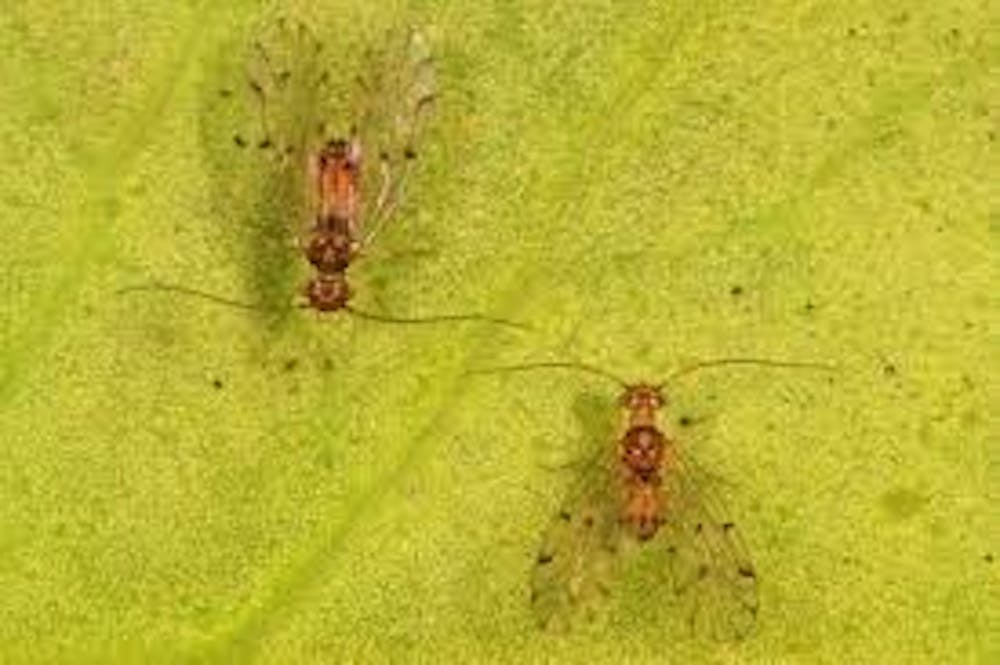Scientists have recently discovered male reproductive organs on a female insect. This finding demonstrates the significant role that evolution plays in developing male and female genitalia and also challenges the concept of sex – what it means to be male or female.
According to the scientific community, it is an organism’s gametes, the haploid cells used to create a zygote, that determine the organism’s sex. Males have small and mobile gametes called sperm, while females have gametes called eggs. Aside from being much larger than sperm, eggs contain genes, a productive cover, and are less frequently produced.
Because a female’s reproductive cells are more limited, females are said to have a larger parental investment: It takes more time and energy for a female to pass on their genes than it does for a male.
For this reason, females tend to be more picky when mating to avoid wasting their precious reproductive cells. Furthermore, because the female’s parental investment is much greater, it is the males who must compete for the females. Males can mate with many females at little cost because it is the female, not the male, that limits the rate of reproduction.
However, as observed in other organisms, this behavior can reverse when the males have the larger parental investment. In the pipefish species Syngnathus typhle and Nerophis ophidion, it is the male that limits the rate of reproduction. Consequently, it is the male who tends to be more picky when mating, and the female who must compete for mates — reversing the typical gender behaviors.
While a reversal in gender behavior has been observed in multiple different organisms for years, a reversal in genitalia has remained unseen until the discovery of the Afrotrogla and Neotrogla, genera of barklice often found in Brazilian caves.
In the discovered organism, the females had a genitalia that looked and functioned like a penis, a reproductive organ they used to anchor themselves to the male during sexual intercourse — which, in this organism, could last up to 70 hours.
During intercourse, the male’s semen and a concentration of nutrients are transferred through a duct into a storage organ in the female. The females can hold multiple male-delivered packages of nutrients at once.
While females in other species, such as the lemur bearcat, are known to have a “pseudopenis,” the case of the barklice is unique because the female barklice use their genitalia to actually penetrate a male during intercourse. These unique properties led scientists to give it a name of its own: the gynosome.
Scientists believe that such a form of genitalia evolved in the barklice because they live in habitats that are severely lacking in nutrients. In order to reproduce, then, the females require multiple nutrient packages, and so it is the females who must compete for the males while seeking a mate.
For this reason, the discovery of the gynosome reaffirms what scientists have thought for centuries about sexual selection.
In the case of the barklice, the females evolved reproductive measures because of their need to access their environment’s limited resources. More generally, however, genital structures are not particular to one sex or the other; it all depends on evolution and the sexual and reproductive needs of a particular species.
“It really challenges our notions about sex,” said Justa Heinen-Kay, an evolutionary ecologist at the University of Minnesota, in Quanta Magazine. “Nothing is inherently female or inherently male. It’s all context dependent.”
Heinen-Kay then explained how she believed discoveries like these could be beneficial to society as a whole.
“Both in evolution and in society at large, there’s been a lot of discussion about what is gender, what is sex, what is natural,” she said in Quanta Magazine. “I think studies like these are important for shedding light on these discussions, for showing how diverse nature is and that there’s really not just one way that male and female manifest.”





